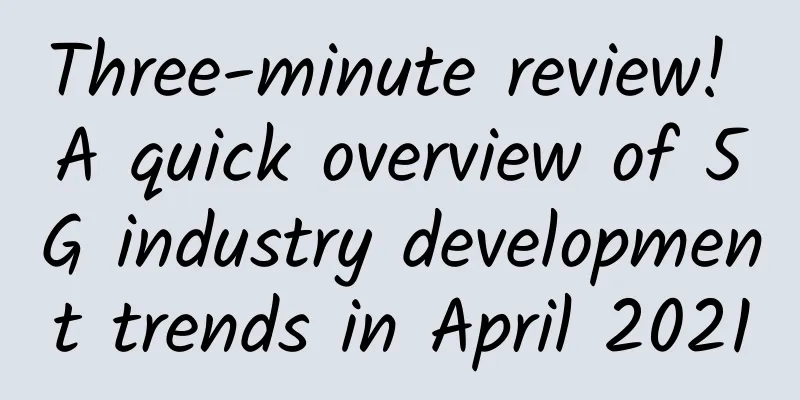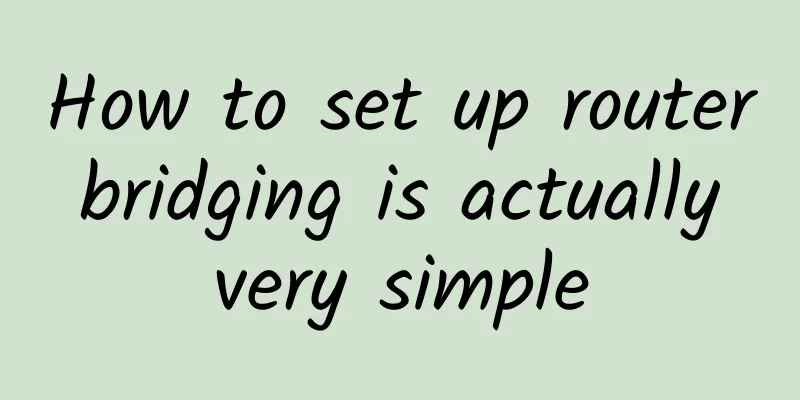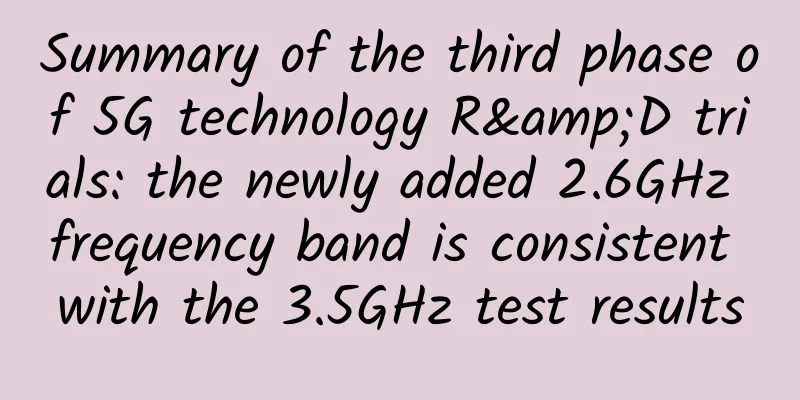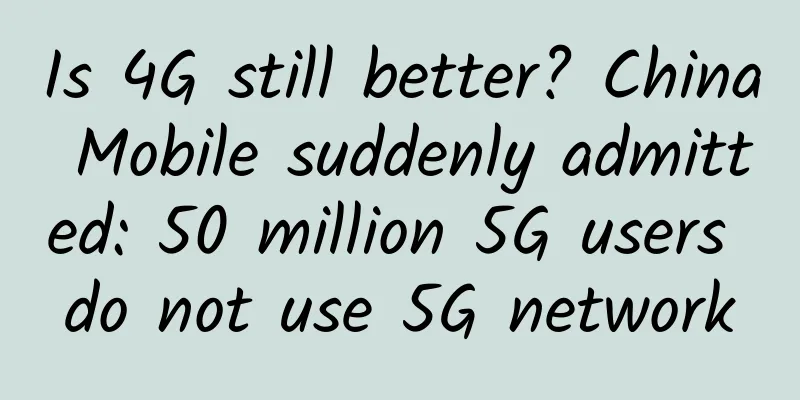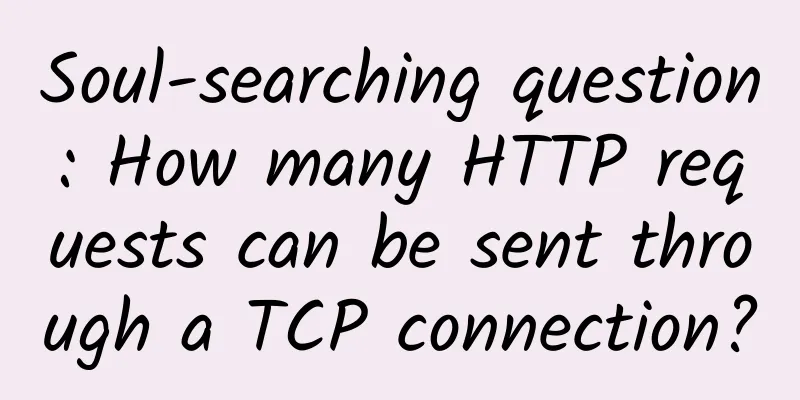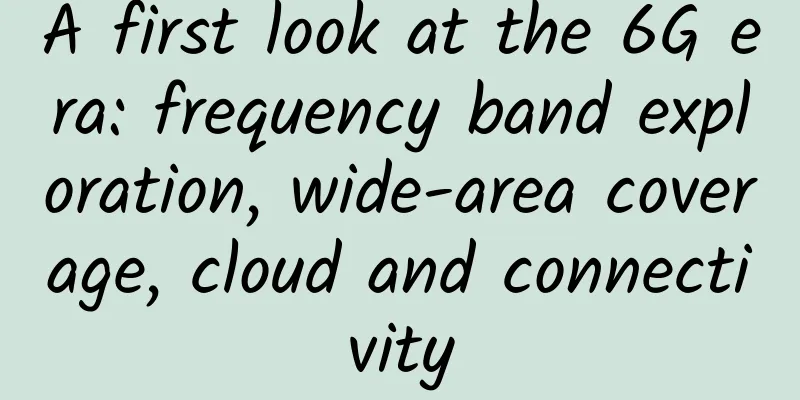Three things you need to know about IoT and fog computing in 2018
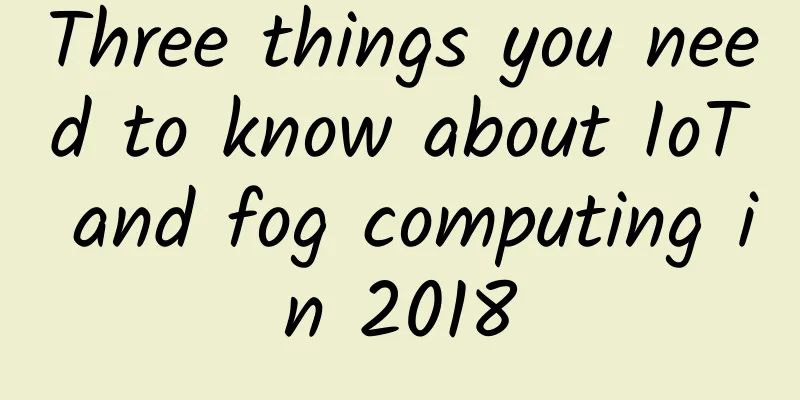
|
Today, from wearable devices to smart homes to industrial Internet, IoT applications have been used in all aspects of people's lives, and an IoT revolution is taking place. The first IoT device was a toaster that could be turned on and off via the internet in 1990. IoT technology has come a long way since then, and 27 years later, IoT devices have gone from being a novelty item to a vital part of everyday life. Recent studies show that the average American spends more than four hours a day on their smartphone, which is a device that stores and processes IoT sensor data. It's a cycle that builds on itself. Currently, 81% of American adults own a smartphone. Imagine how much data people will receive when 81% of Americans own a smart car and a smart home?
Today, most data from IoT devices is processed in the cloud, meaning data from all corners of the globe is sent to a handful of computers located in core data centers. However, with the number of IoT devices expected to soar to 20 billion by 2020, the volume and speed at which data travels over the internet is a serious challenge for a cloud-only approach. Here are three key facts about IoT infrastructure that will force IoT manufacturers to move away from a cloud-only model and toward a new model called fog computing in 2018. 1. As more and more data emerges, the distance problem of the cloud becomes more and more obvious The cloud computing model has been widely used due to its convenience, scalability and accessibility. However, as the amount of data increases, its "out of sight, out of mind" disadvantage has become an increasingly obvious problem. Chief among them is latency (the delay in sending and receiving data), which is largely a function of distance in the cloud. Cloud data centers will be built where land assets and power facilities are less expensive, rather than near major population centers. Ironically, this means that more and more people and equipment areas cannot be located near data centers. Amazon's nearest data center in New York City is about 300 miles away, which means data sent from people's wearable devices and smart offices will travel 600 miles round trip to be processed by tens of millions of computers in the cloud. According to research firm IDC, distance issues in the cloud have caused about half of cloud computing customers to invest in on-premises data centers due to latency and performance reasons. 2. There is little difference between computers at home and in the office and computers in the cloud The good news is that we already have a huge amount of untapped processing power that can help fill the gaps in the current cloud computing model. Collectively, we have more than 5 billion devices: servers, workstations, laptops, tablets, and even smartphones that perform computations essentially the same as computers in the cloud. By enabling any computer to run the same web services running in the cloud, we can take advantage of the vast untapped processing power of billions of computers around the world. Just as the cloud divides the workload among the computers it owns, the burden of IoT data can be distributed across a large number of computers owned by offices and individuals, which often only use a small fraction of their potential. If the computing power of existing computers around the world is harnessed, this will not only help distribute the processing burden of the Internet of Things, but will also introduce competition into the cloud market, making computing more affordable for everyone. As computing has become a basic cost of doing business, making it more accessible will drive entrepreneurs, researchers, students and businesses to develop the most innovative technologies. 3. Fog computing will rise in the future Fog computing is an infrastructure where processing power can be leveraged anywhere from devices to the cloud. Fog computing extends the power of cloud computing to the edge of the network, enabling any computing device to host software services and process, analyze and store data closer to where the data is generated. For example, instead of sending meaningless data like the temperature reading of a smart thermostat to a cloud data center every minute, fog computing servers can process the data and determine whether it needs to be acted upon. The architecture of fog computing brings huge processing power. Because its processing power is often located near the devices where it is needed, the distance that data has to travel is reduced, reducing latency. As a result, decisions can be made faster, and IoT manufacturers and software developers will reduce the cost of adopting cloud computing by limiting the amount of data sent there. Fog computing allows cloud computing to do what it does best: long-term data storage and analysis, rather than computing time-critical tasks. Fog computing combines the advantages of cloud computing and on-site IT computing to create a single overall architecture. Many companies are already working on this important transformation of the architecture. The patented technology used by some companies uses existing computing software to deploy software on demand to the local computers participating in the computing, whether it is an office server or a laptop at home. Fog computing does not care whether the computer is located in the cloud or not, as it is only seeking computing and processing power, which cannot be afforded in today’s IoT era. As the Internet of Things quickly encompasses everything on the Internet, it’s time to rethink what kind of infrastructure is needed to keep up with its progress. And 2018 will be the first year of the rise of fog computing. |
<<: How to build a universal smart IoT gateway by reducing the data sampling rate
>>: Will broadband market operators monopolize the market? Private capital faces difficulties
Recommend
Cloud, network and security integration builds the foundation for digital transformation
On September 27, the 2021 China International Inf...
The 5G commercial license has just been officially issued! Here are ten issues that you should pay attention to
On the morning of June 6, the Ministry of Industr...
BandwagonHost: Hong Kong VPS, $74 per year, single core, 1G memory, 20G SSD hard drive, 500GB/1Gbps, triple network CMI line
Recently, Bwh81 has opened a second data center i...
my country's 5G terminal connections are approaching 420 million, and the digital economy is gaining momentum
[[423700]] The State Council Information Office h...
The Ministry of Industry and Information Technology stated: Promote the development of dual-gigabit networks represented by 5G and optical fiber
China has made some achievements in 5G developmen...
HostKvm: $5.6/month KVM-2GB/40GB/500GB/Australia VPS
HostKvm is also an early Chinese hosting company,...
RAKsmart bare metal cloud/cloud server 30% off, physical server flash sale starting from $30/month, cluster server/high bandwidth server special price
This month, RAKsmart's new bare metal cloud p...
RAKsmart: High-security servers from $79/month, cluster servers from $142/month, data centers in the United States/Japan/Korea, etc.
Earlier this month, we shared information about R...
Let’s talk about whether 5G really consumes more power?
[[374504]] This article is reprinted from the WeC...
5G networks and IoT: Research reveals cybersecurity risks
The researchers said the risks of 5G networks are...
When do microservices use the Http protocol to communicate, and when do they use Lrpc?
Let me first state the following conclusion. 1 Sp...
Did you know? The 5G market started with B2B
The two major obstacles to the popularization of ...
Analyst: Open source is more likely to solve problems in the telecommunications industry
A senior consultant in the telecommunications ind...
5G healthcare has attracted much attention, but three points need to be paid attention to in its development
It has been more than a year and a half since my ...
[Christmas] ColoCrossing 35% off: $2.57/month-1GB/25G SSD/20TB@1Gbps/Los Angeles & New York Data Center
I just shared the news of ColoCrossing's 25% ...

